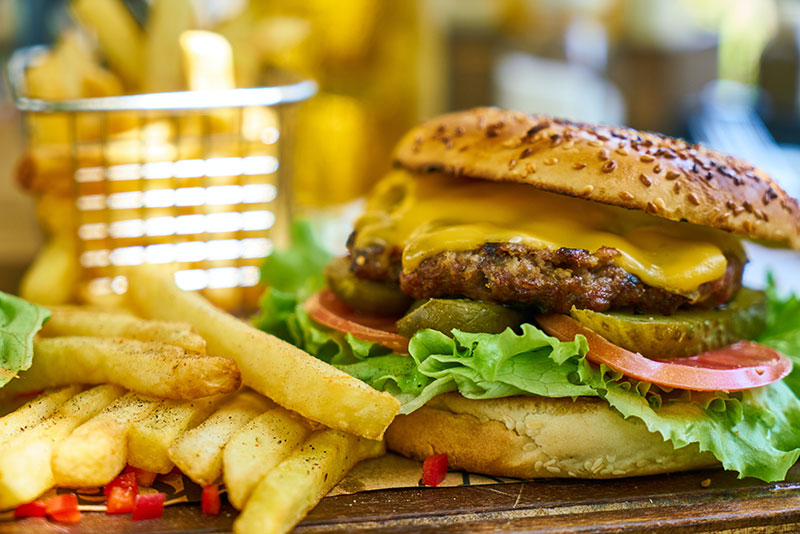Blog
- Nutrition
What is the glycemic index, anyway?
- Yeli

The Glycemic Index is a way to measure how carbohydrates react in your blood. When you eat carbs, your blood sugar level rises anywhere from a little to a lot. The GI uses a scale of 0 to 100, with higher numbers given to foods that cause the most rapid rise in blood sugar.
High-GI foods cause the body to produce higher levels of insulin but sometimes too much. This gives you an energy burst, known as a “sugar rush.” It feels good at first, but then your blood sugar drops rapidly to lower than normal levels, known as a “crash.” Eating low-GI foods is a smart way to avoid the “sugar rush and sugar crash” cycle
Foods with a high-GI (above 70) include white bread, pretzels, French fries, and most processed foods. Eating these foods triggers a rapid rise in blood sugar and insulin levels, which:
• Encourages your body to store fat
• Creates a cycle of hunger pangs and feeling unsatisfied
• Causes an energy crash that leaves you irritated and tired
• Can lead to high blood pressure, fluid retention, and diabetes
Foods with a low-GI (under 55) include spinach, oatmeal, peanuts, and Shakeology. Consuming these foods helps stabilize blood sugar and insulin levels, which:
• Increases levels of glycogen, a hormone that causes body fat to be burned
• Gives you a feeling of satisfied hunger
• Helps balance moods
• Reduces the risk of heart disease, helps control diabetes, and positively affects the aging process
